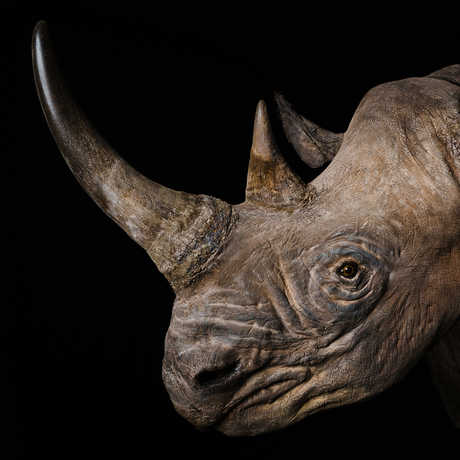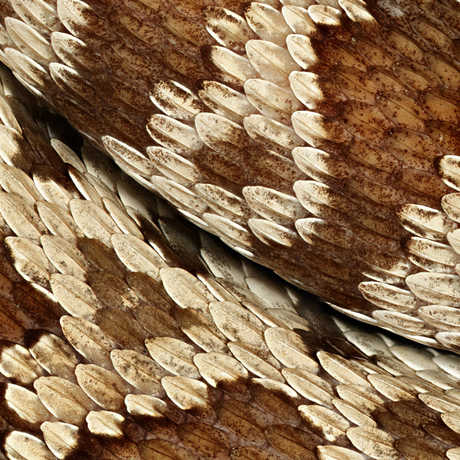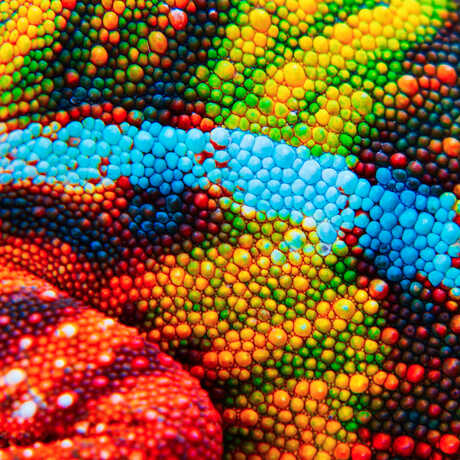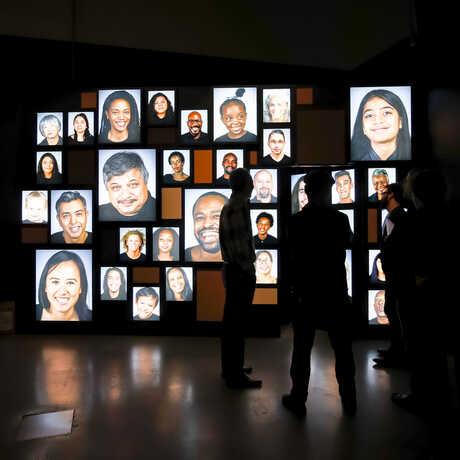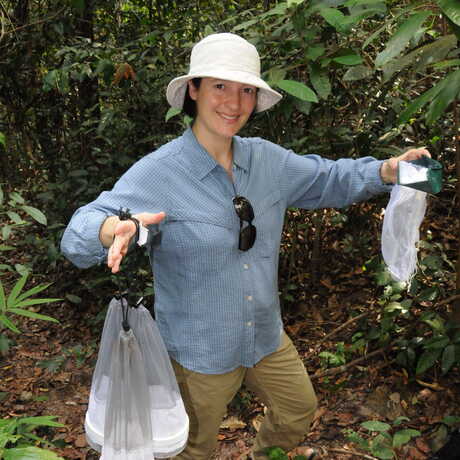Enter the exhibit—and look one of conservation's most urgent challenges right in the eye. Behold a massive black rhinoceros (Diceros bicornis), a research specimen donated to the Academy in 1952. With its all-keratin horn, powerful hooves, and extra-thick hide, this herbivore’s skin adaptations help protect it from the harsh conditions and fierce predators of the African savannah—but not from its most formidable foe. As human-driven habitat loss and poaching push the black rhino closer to extinction, we hope displaying this specimen will inspire guests to learn more.
Read about Mozambique's battle to save its rhinos in bioGraphic.



